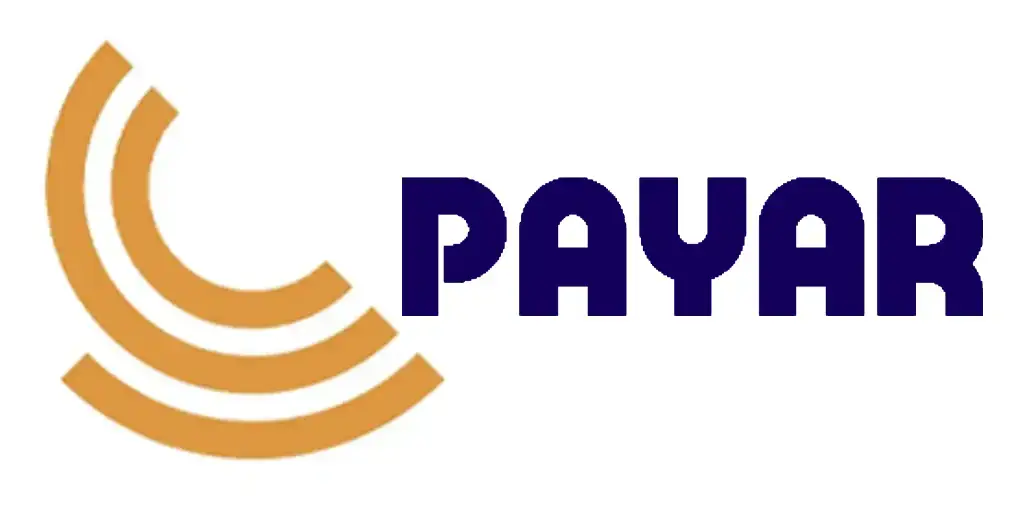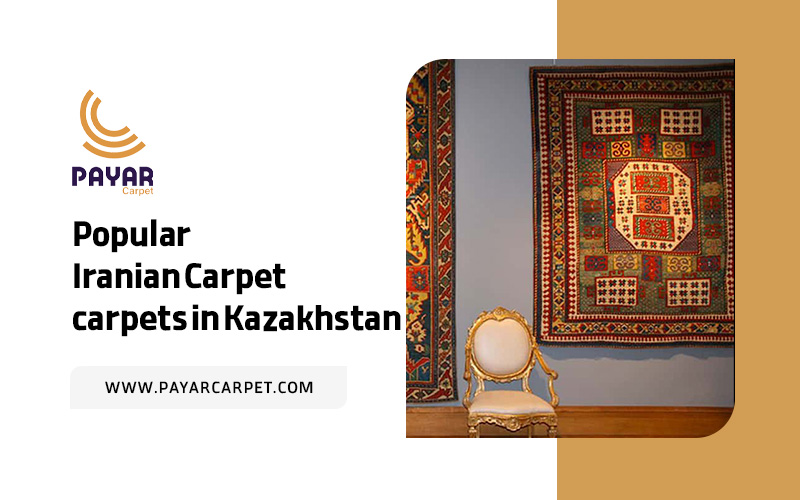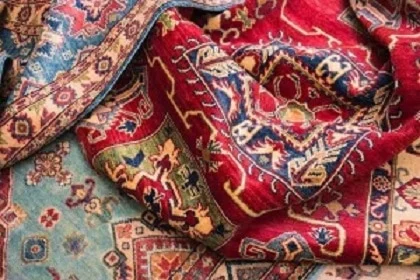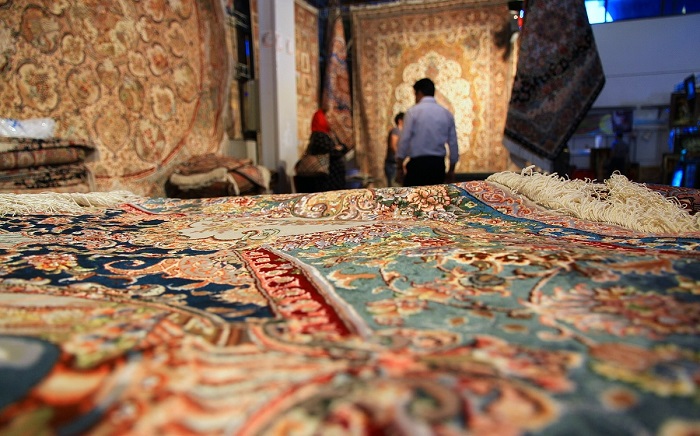Iranian carpets, often referred to as Persian rugs, hold a prestigious position in the world of handwoven art and craftsmanship. Known for their intricate designs, vibrant colors, and unparalleled quality, these carpets have captivated the attention of collectors and enthusiasts across the globe. Among the nations that appreciate and import Iranian carpets, Kazakhstan stands out as a significant market. The historical, cultural, and economic ties between Iran and Kazakhstan have fostered an environment where Persian rugs are not only admired but also sought after for their artistic and practical value.
The Historical Connection Between Iran and Kazakhstan
The relationship between Iran and Kazakhstan dates back centuries, rooted in the trade routes of the Silk Road. This ancient network of trade connected East and West, allowing goods, ideas, and cultures to flow freely. Persian carpets, with their reputation for exceptional quality, were among the prized commodities traded along these routes. The nomadic and semi-nomadic tribes of Kazakhstan, known for their own weaving traditions, found Persian carpets to be a source of inspiration and a symbol of sophistication.
Over time, the admiration for Persian rugs in Kazakhstan grew. These carpets became more than just floor coverings; they were symbols of prestige and status. Wealthy Kazakh families began incorporating Persian rugs into their homes as a mark of cultural refinement, blending Iranian artistry with local traditions.
Characteristics of Iranian Carpets
Iranian carpets are renowned for their unique characteristics that set them apart from other types of rugs. These include:
Intricate Designs: Persian carpets feature complex patterns, often inspired by nature, mythology, and historical events. Common motifs include floral arrangements, hunting scenes, and geometric patterns.
High-Quality Materials: Traditional Persian rugs are crafted using natural materials such as wool, silk, and cotton. The use of natural dyes further enhances their aesthetic appeal, creating vibrant yet harmonious color palettes.
Exceptional Craftsmanship: Each Persian rug is handwoven by skilled artisans, a process that can take months or even years to complete. This meticulous attention to detail ensures that each piece is a work of art.
Durability: Thanks to their high-quality materials and expert weaving techniques, Persian carpets are known for their longevity. They are often passed down through generations as family heirlooms.
Popularity of Iranian Carpets in Kazakhstan
In Kazakhstan, Iranian carpets are more than just decorative items; they are cherished as cultural treasures. Their popularity can be attributed to several factors:
Cultural Appreciation
Kazakh culture places a strong emphasis on hospitality and the beauty of the home. Persian rugs, with their intricate designs and luxurious feel, align perfectly with this cultural value. They are often used to decorate living rooms and guest spaces, enhancing the ambiance and showcasing the host’s taste and sophistication.
Symbol of Prestige
Owning a Persian rug is considered a sign of wealth and status in Kazakh society. These carpets are often displayed prominently in homes, offices, and public spaces, reflecting the owner’s appreciation for art and culture.
Economic Growth
Kazakhstan’s growing economy has enabled more people to afford luxury items, including Persian carpets. This has led to an increase in demand, particularly among the affluent middle and upper classes.
Cultural Exchange Programs
Cultural exchange initiatives between Iran and Kazakhstan have played a significant role in promoting Persian carpets. Exhibitions, trade fairs, and cultural festivals often feature Iranian rugs, allowing Kazakh buyers to experience their beauty firsthand.
Trade and Market Dynamics
The trade of Iranian carpets in Kazakhstan is facilitated by a network of importers, distributors, and retailers. Major cities such as Almaty and Nur-Sultan are key hubs for this market, with numerous stores specializing in Persian rugs. The carpets are sourced directly from Iran, often from renowned weaving centers such as Isfahan, Kashan, and Tabriz.
Challenges in the Market
Despite their popularity, the trade of Iranian carpets in Kazakhstan faces certain challenges:
Economic Sanctions: International sanctions on Iran can complicate the export process, affecting the availability and pricing of Persian rugs in foreign markets.
Competition: Cheaper, machine-made carpets from other countries compete with handwoven Persian rugs. While they lack the artistry and quality of Iranian carpets, they appeal to budget-conscious buyers.
Preservation of Craftsmanship: The art of hand-weaving is labor-intensive and time-consuming. Ensuring a steady supply of skilled artisans is crucial for maintaining the quality and reputation of Persian rugs.
Iranian Carpets in Kazakh Homes
The role of Persian carpets in Kazakh homes goes beyond aesthetics. These rugs are often used for ceremonial purposes, such as weddings and religious gatherings. Their vibrant colors and intricate designs complement the traditional Kazakh interior decor, creating a harmonious blend of cultures.
Additionally, Persian carpets are valued as investments. Their durability and timeless appeal ensure that they retain their value over time. Many Kazakh families purchase these rugs with the intention of passing them down to future generations.
The Future of Iranian Carpets in Kazakhstan
The future of Iranian carpets in Kazakhstan looks promising. As cultural and economic ties between the two nations continue to strengthen, the demand for Persian rugs is expected to grow. Efforts to promote Iranian carpets through marketing campaigns, trade agreements, and cultural events will further enhance their popularity.
Moreover, the global trend towards sustainable and ethical consumption is likely to benefit the Persian rug industry. As consumers become more conscious of the environmental and social impact of their purchases, the appeal of handmade, natural, and culturally significant items like Persian carpets will increase.
Iranian carpets have found a special place in the hearts and homes of the people of Kazakhstan. Their beauty, quality, and cultural significance make them much more than mere decorative items. As symbols of art, history, and craftsmanship, Persian rugs continue to bridge the cultural gap between Iran and Kazakhstan, enriching the lives of those who admire and own them. With a shared appreciation for tradition and artistry, the bond between these two nations is sure to grow stronger, ensuring a bright future for the Iranian carpet industry in Kazakhstan.





